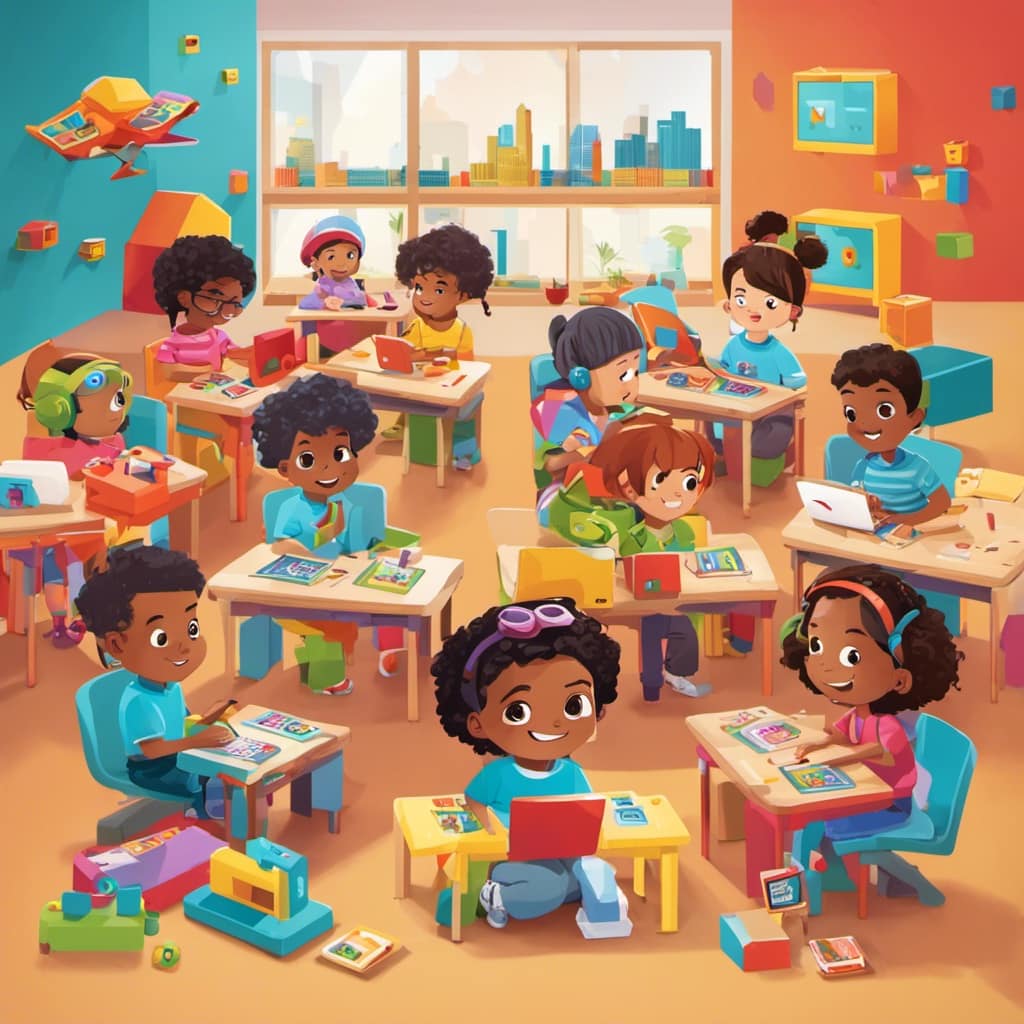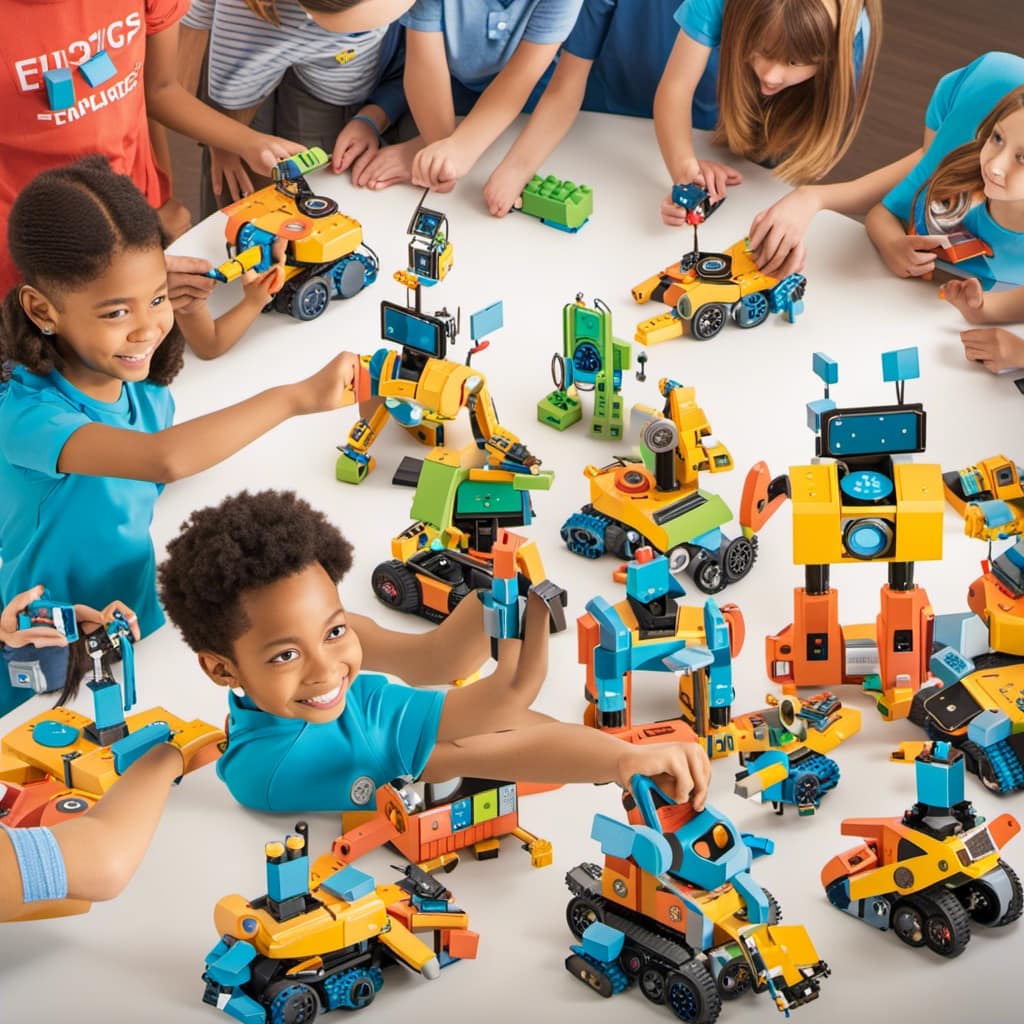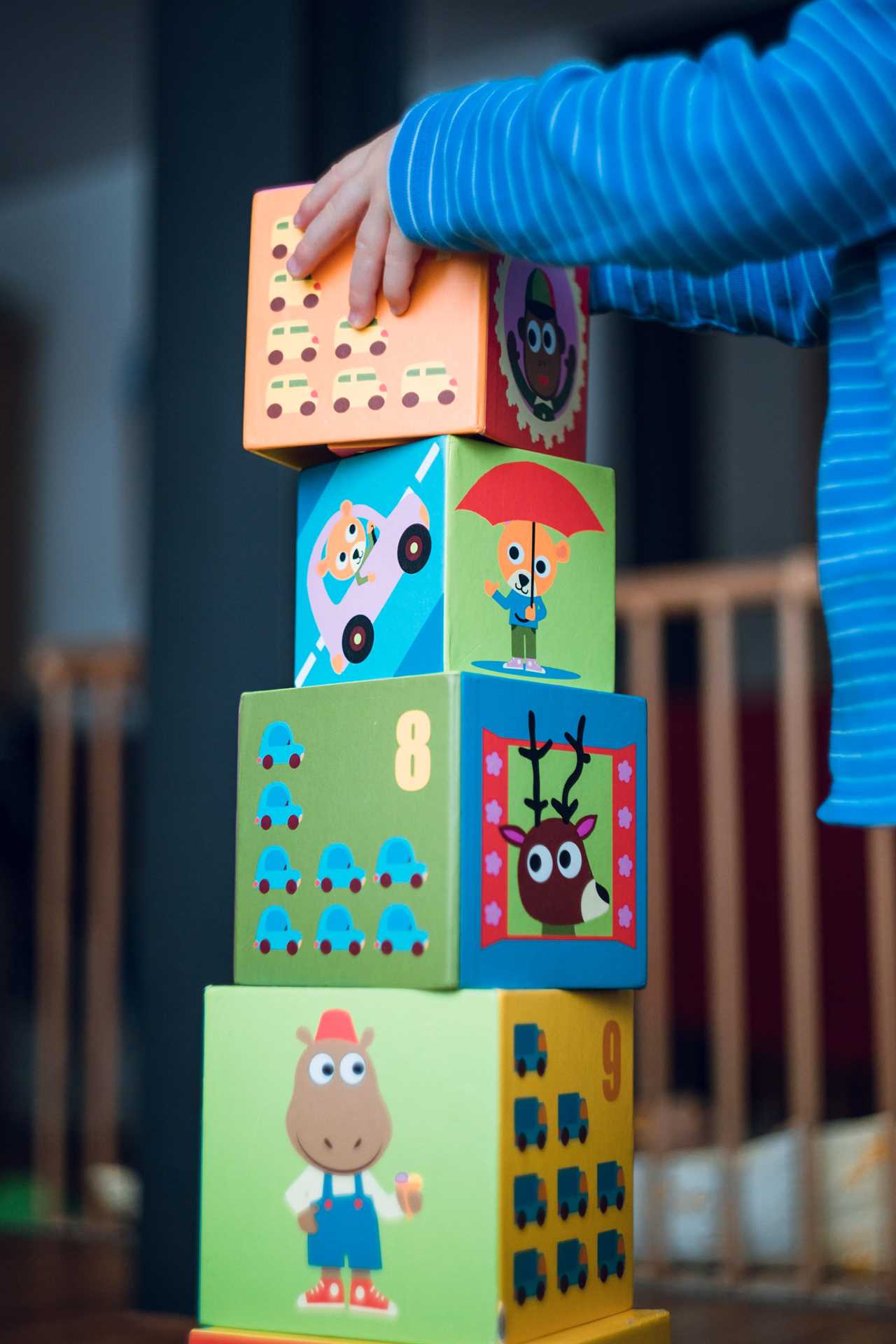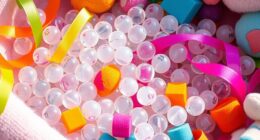We’ve all felt it – the urge to create educational toys for kids that are both fun and promote learning. But which materials are the most suitable for this purpose?
Well, look no further! In this article, we’ll explore the best materials for DIY educational toys. From the versatility of wood to the softness of fabric, and even the endless possibilities of cardboard and recycled materials, we’ll guide you through the options that will engage and inspire young minds.
Let’s dive in and start creating!
Key Takeaways
- Wood is a natural and sustainable material that is durable and long-lasting, making it ideal for DIY educational toys that require strength and durability.
- Sewing techniques are crucial when using fabric for DIY educational toys, and both hand-sewing and machine sewing have their advantages.
- Cardboard is readily available, affordable, and offers endless possibilities for creative and engaging learning experiences, such as interactive puzzles and building blocks.
- Using recycled materials, such as upcycled plastic and metal cans, not only provides a sustainable alternative to traditional materials but also teaches children about recycling and repurposing, promoting eco-friendly practices.
Wood
When it comes to DIY educational toys, our top choice for materials is wood.
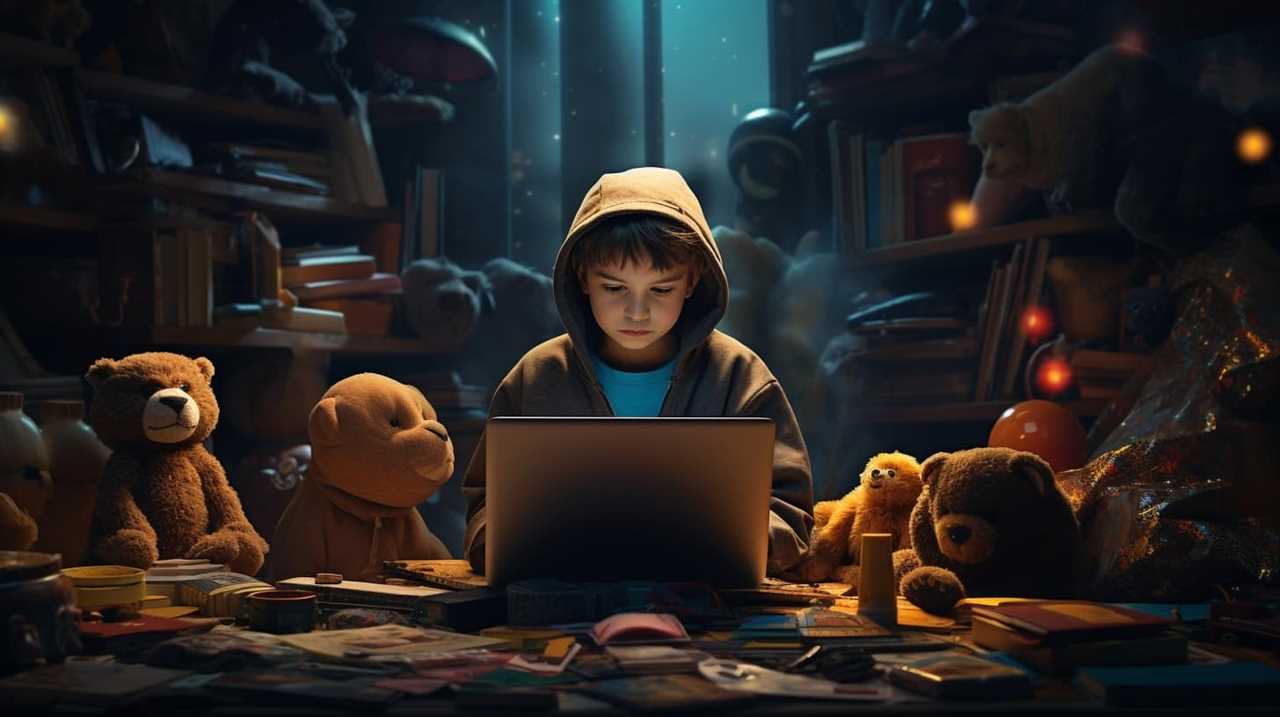
There are several advantages to using wood for DIY educational toys. First, wood is a natural and sustainable material, making it an environmentally friendly option.
It’s also durable and long-lasting, ensuring that the toys can withstand rough play and last for generations. Additionally, wood has a warm and tactile quality that enhances sensory experiences for children.
When selecting wood for DIY educational toys, it’s important to consider different types of wood. Hardwoods, such as maple and oak, are ideal for toys that require strength and durability. Softwoods, like pine and cedar, are lighter and easier to work with, making them suitable for smaller and intricate toy designs.
Fabric
For fabric, we love using textiles for DIY educational toys. Sewing techniques play a crucial role in creating fabric educational toys.
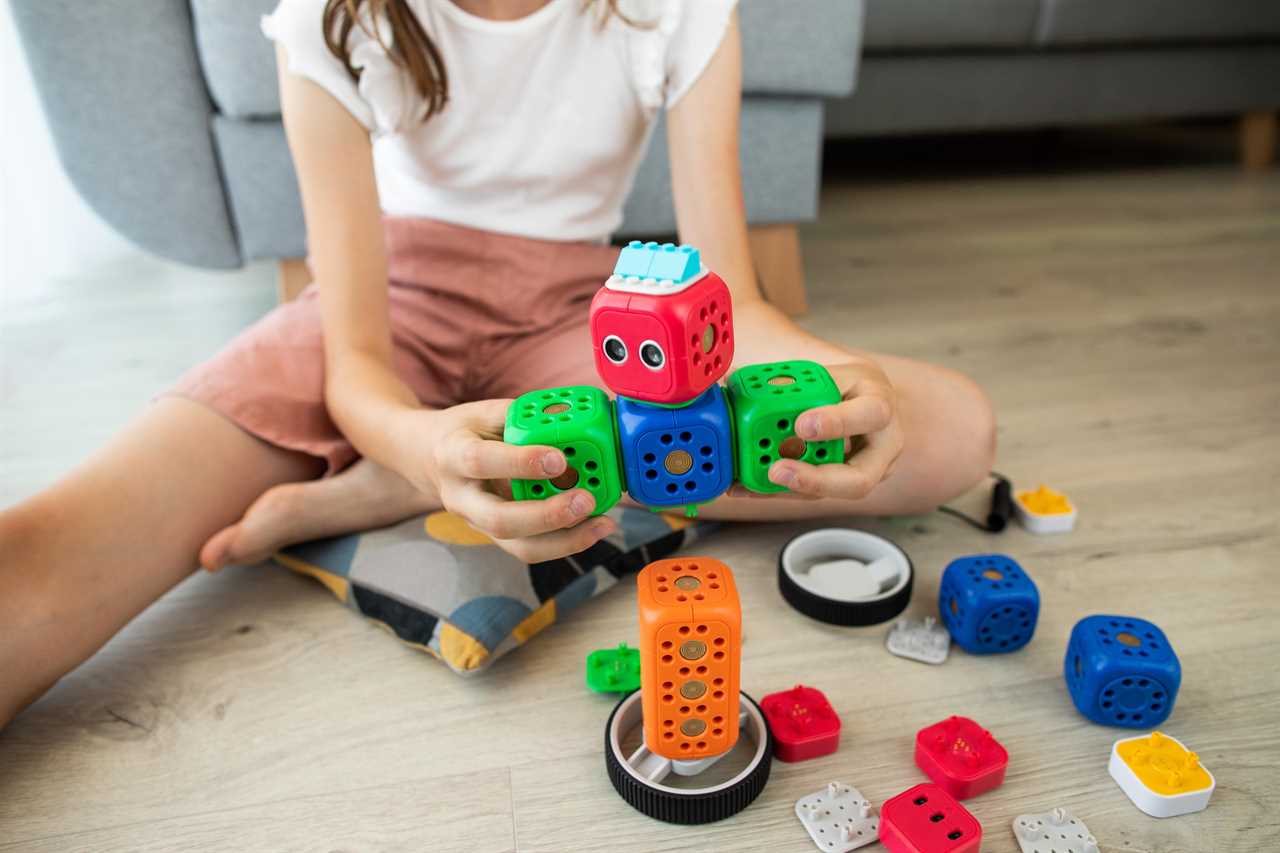
One popular technique is hand-sewing, which allows for greater control and precision. This is especially useful when creating small details or intricate designs.
Another technique is machine sewing, which is faster and more efficient for larger projects.
When choosing the right fabric for DIY educational toys, it’s important to consider durability, safety, and washability. Fabrics such as cotton, felt, and fleece are great choices as they’re soft, easy to work with, and can withstand frequent use and washing.
Additionally, using brightly colored and patterned fabrics can enhance the visual appeal of the toys and make them more engaging for children.
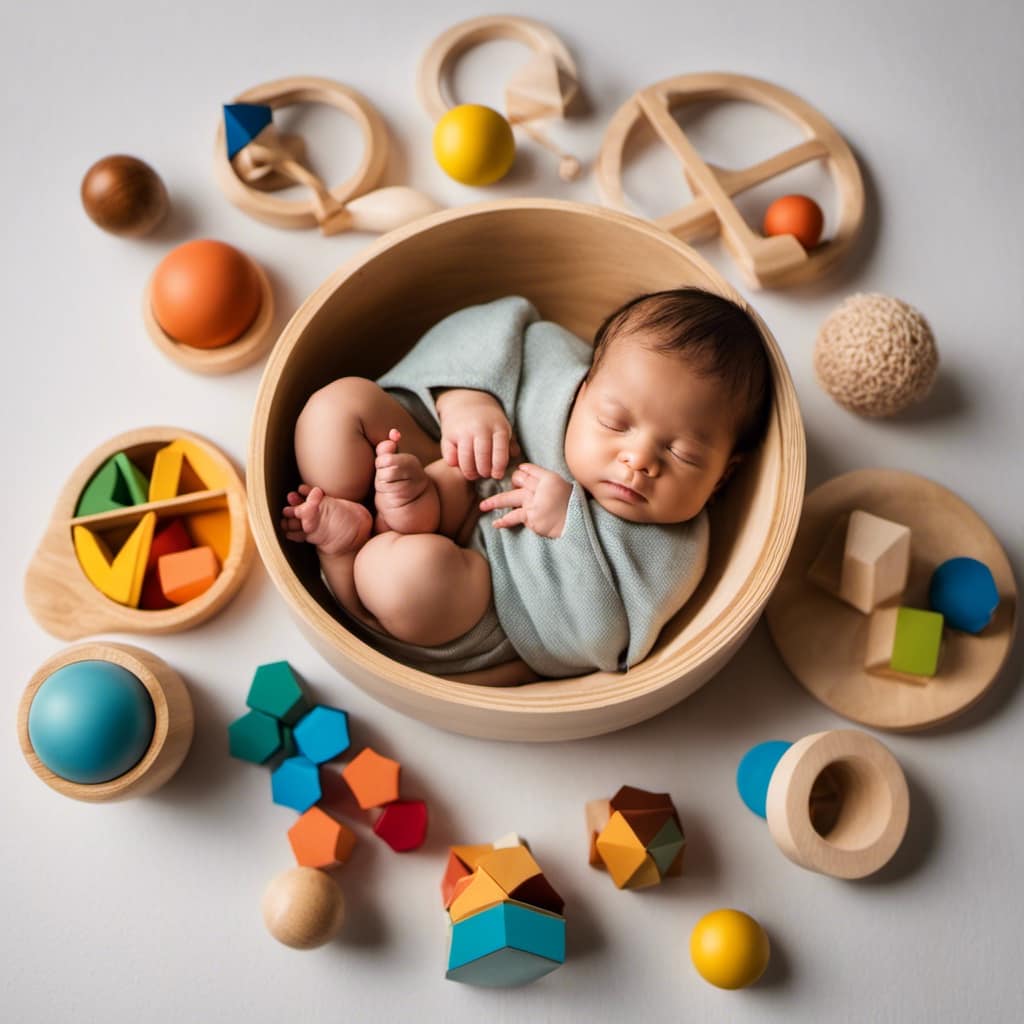
Cardboard
We highly recommend using cardboard as one of the top materials for DIY educational toys. Cardboard isn’t only readily available and affordable, but it also offers endless possibilities for creative and engaging learning experiences.
Here are three reasons why cardboard should be a staple in your educational toy toolbox:
-
Innovative cardboard creations: With cardboard, you can create interactive puzzles, mazes, and building blocks that promote problem-solving skills and spatial awareness. Children can design and build their own toys, fostering creativity and critical thinking.
-
Cardboard engineering projects: Cardboard can be transformed into simple machines, such as levers and pulleys, allowing children to explore the principles of physics and engineering. They can experiment with different designs and learn through hands-on experiences.
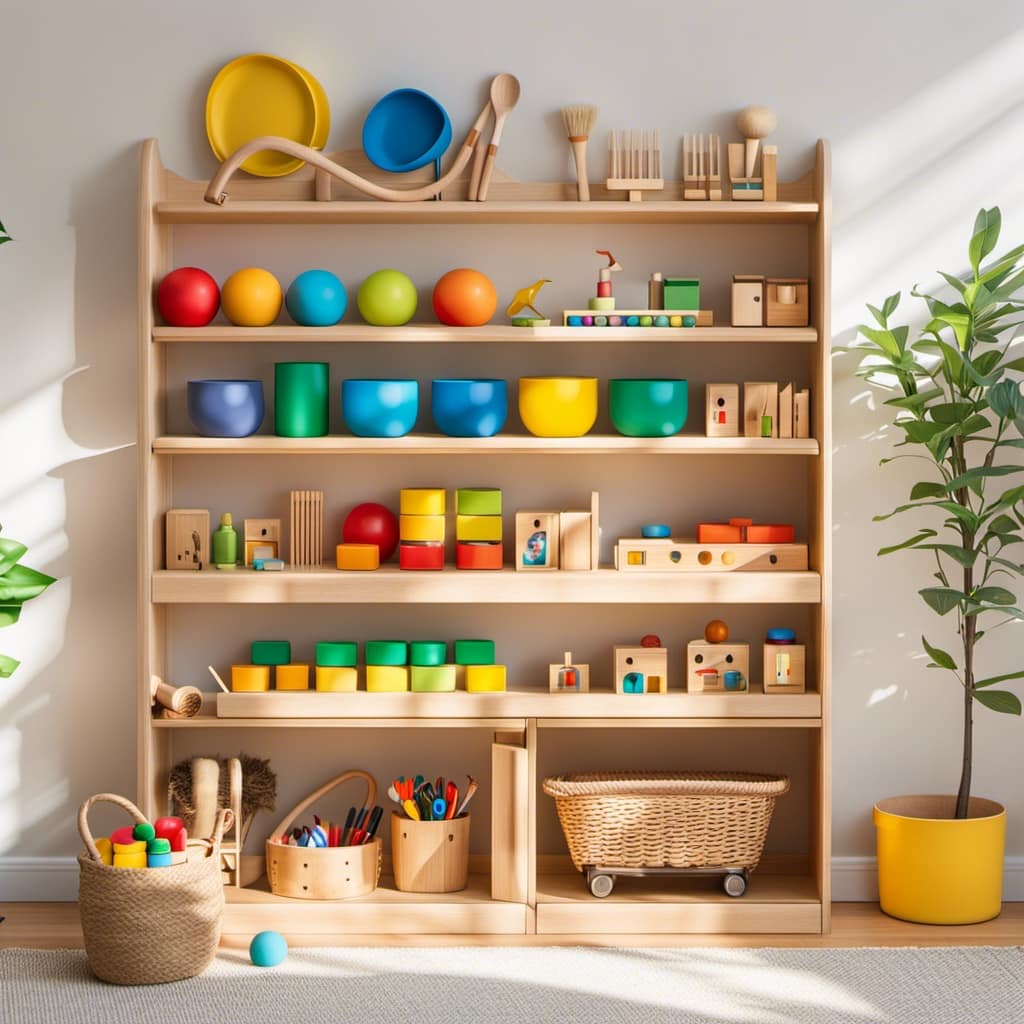
-
Sustainable and eco-friendly: Using cardboard for DIY educational toys promotes sustainability and teaches children the importance of reusing materials. It’s a great way to instill environmental values while having fun.
Recycled Materials
Continuing with the exploration of materials for DIY educational toys, let’s now delve into the realm of recycled materials.
When it comes to creating toys that are both educational and eco-friendly, upcycled plastic and metal cans are excellent choices.
Upcycled plastic, which refers to repurposing plastic waste into new and useful items, can be transformed into building blocks, puzzles, or even sensory toys.
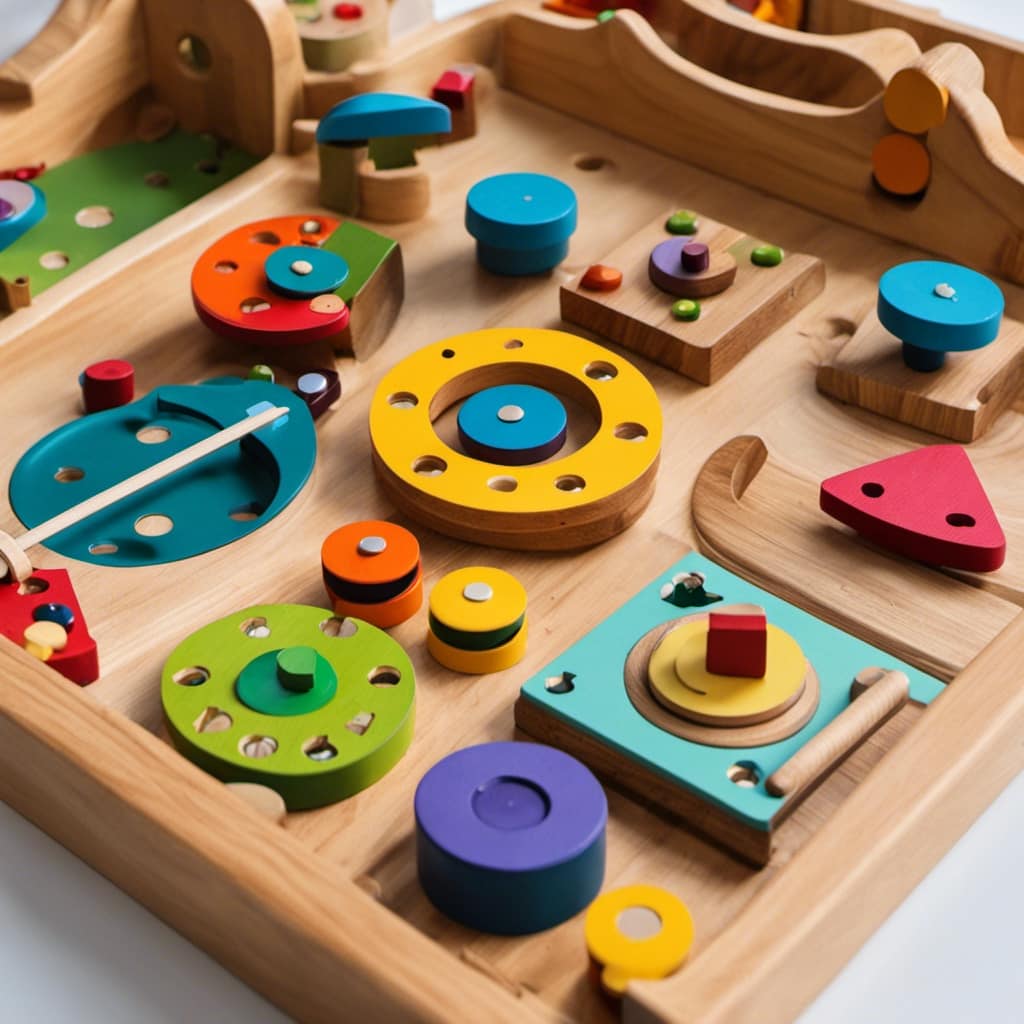
Metal cans, on the other hand, can be turned into musical instruments, like shakers or drums, by adding rice or beans inside.
These materials not only provide a sustainable alternative to traditional toy-making materials but also teach children about the importance of recycling and repurposing.
Natural Materials
Let’s now explore the use of natural materials in DIY educational toys. Natural materials are eco-friendly alternatives that not only provide a sustainable toy option but also offer a range of benefits for children’s learning and development.
Here are three top natural materials to consider when creating DIY educational toys:

-
Wood: Wood is a versatile material that can be easily shaped and crafted into various educational toys. It’s durable, non-toxic, and provides a sensory experience for children as they explore different textures and grains.
-
Fabric: Fabric is another excellent natural material for DIY educational toys. It can be used to make soft toys, puppets, or sensory play items. Fabric is easily washable, hypoallergenic, and allows for creative play and imaginative storytelling.
-
Natural fibers: Using natural fibers such as jute, hemp, or cotton in DIY educational toys promotes sustainability and environmental consciousness. These fibers can be used to make sensory balls, weaving frames, or textured play mats, enhancing children’s tactile and sensory experiences.
Frequently Asked Questions
Can You Provide Some Examples of DIY Educational Toys Made From Wood?
Wooden block puzzles and wooden shape sorters are excellent examples of DIY educational toys made from wood. They provide hands-on learning experiences, promote problem-solving skills, and encourage creativity in children.
![]()
How Can Fabric Be Used to Create Engaging and Educational Toys for Children?
Using fabric to create sensory toys is a great way to engage and educate children. By incorporating different textures, we can enhance their tactile skills and provide a stimulating learning experience.
What Are Some Innovative Ways to Use Cardboard to Make DIY Educational Toys?
To create engaging and educational toys, we can explore innovative ways to use cardboard. Through cardboard crafts and cardboard engineering, we can make DIY educational toys that are not only fun but also promote learning and creativity.
Are There Any Safety Concerns or Precautions to Keep in Mind When Using Recycled Materials for DIY Educational Toys?
When using recycled materials for DIY educational toys, it’s important to keep safety concerns in mind. However, there are many benefits to using these materials, such as promoting sustainability and encouraging creativity.
Can You Suggest Some Natural Materials That Are Commonly Used in Making DIY Educational Toys and How They Can Benefit Children’s Learning?
Natural materials for DIY educational toys offer numerous benefits for children’s learning. Examples include wood, which fosters creativity and problem-solving skills. They also promote sensory development and environmental consciousness, making learning both engaging and impactful.

Conclusion
In conclusion, when it comes to DIY educational toys, there are numerous materials to choose from.
Wood provides durability and versatility,
fabric adds tactile and sensory experiences,
and cardboard offers endless possibilities for creativity.
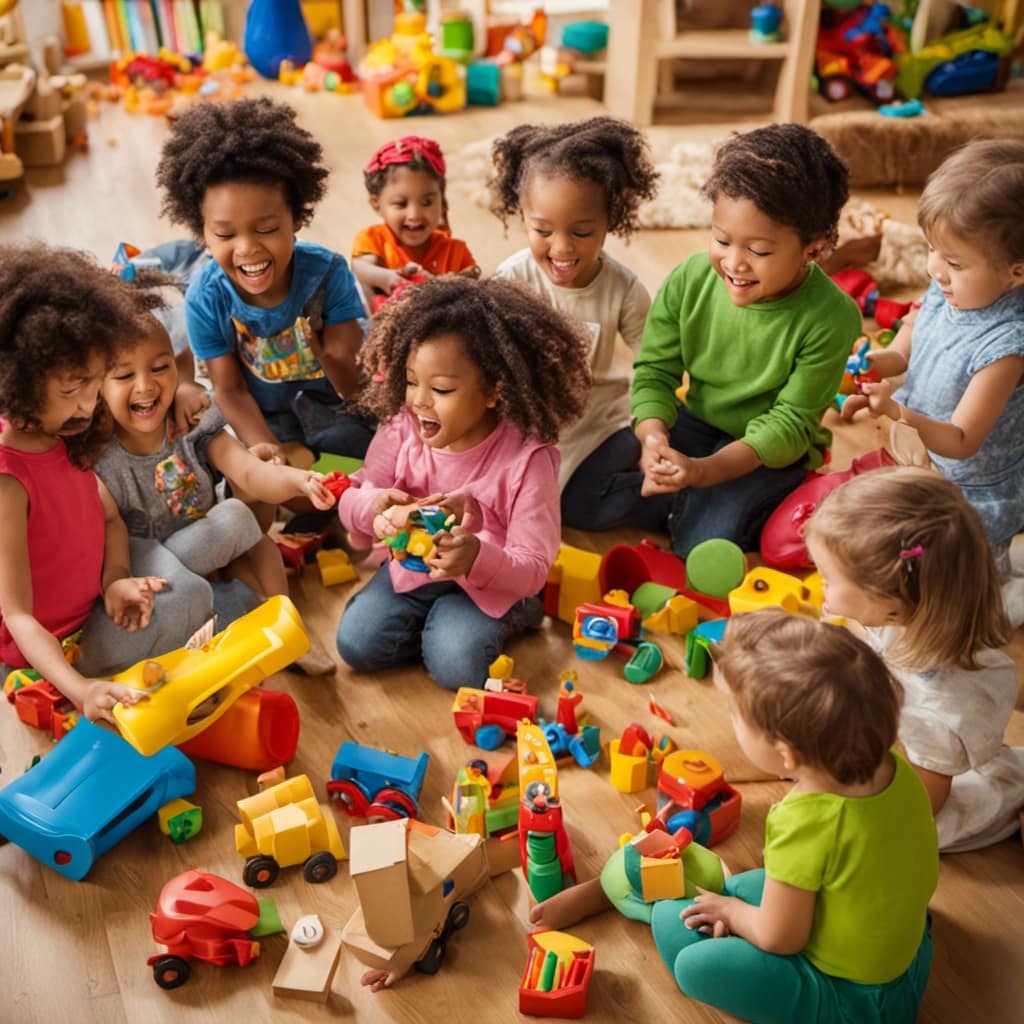
Don’t forget about the potential of recycled and natural materials,
which not only teach kids about sustainability but also encourage resourcefulness.
So, whether you’re building a wooden puzzle or creating a fabric sensory board,
explore these materials and let your imagination soar while enjoying the process of learning through play.
